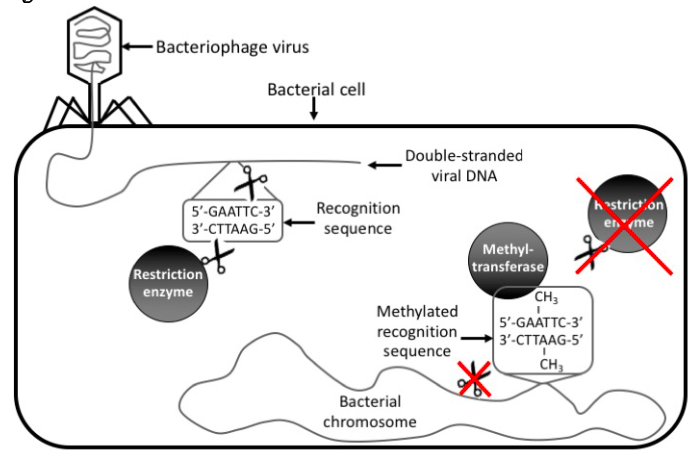Prokaryotic Immunity
How do prokaryotes defend themselves against foreign genetic elements?
Abstract
Prokaryotic immunity is a POGIL learning cycle activity designed for introductory biology students at the college or university level. Prokaryotic cells must defend themselves against potentially harmful foreign genetic elements including, for example, DNA from infectious viruses and plasmids from other cells. Here, students will explore both the innate immune response involving restriction enzymes, and the adaptive immune response utilizing the CRISPR-Cas9 system, to foreign DNA by prokaryotes. Undergraduate students who will go on to perform independent research will benefit from this activity as both restriction enzymes and the CRISPR-Cas9 system are routinely used in biology laboratories. Students who will pursue careers in biomedical research, medicine, and allied health care professions will also benefit from this activity as genome editing using CRISPR-Cas9 is being actively studied as a therapeutic approach to many human genetic diseases.
Level: Undergraduate
Setting: Classroom
Activity Type: Learning Cycle
Discipline: Biology
Course: Introductory Biology
Keywords: Innate immunity, adaptive immunity, restriction endonuclease, CRISPR-Cas9

Downloads
Published
How to Cite
Issue
Section
License
Copyright of this work and the permissions granted to users of the PAC are defined in the PAC Activity User License.

